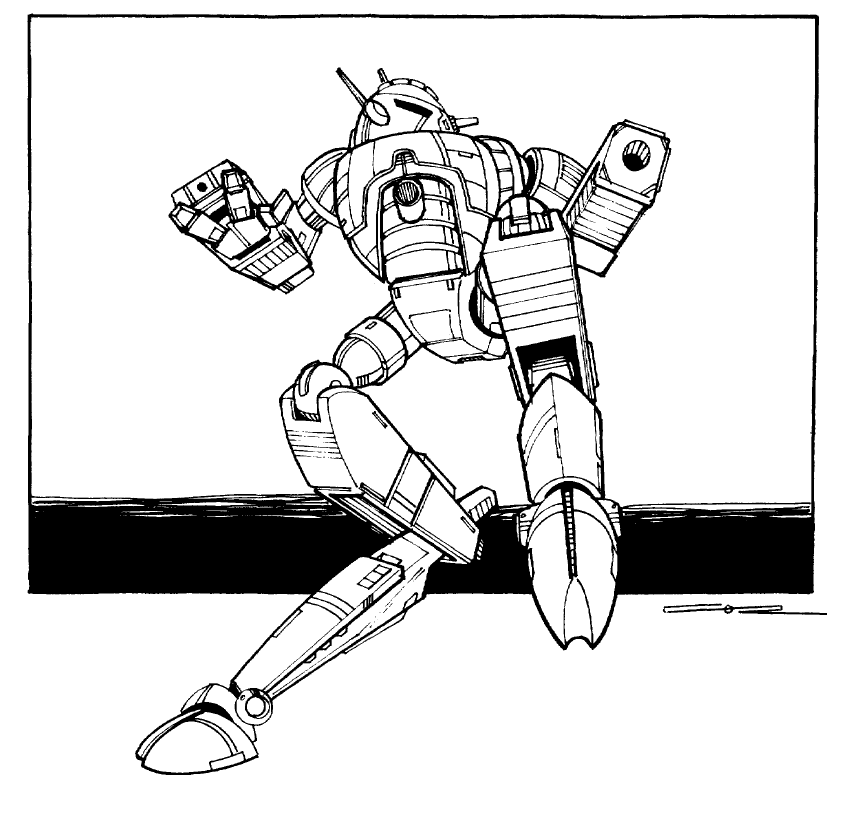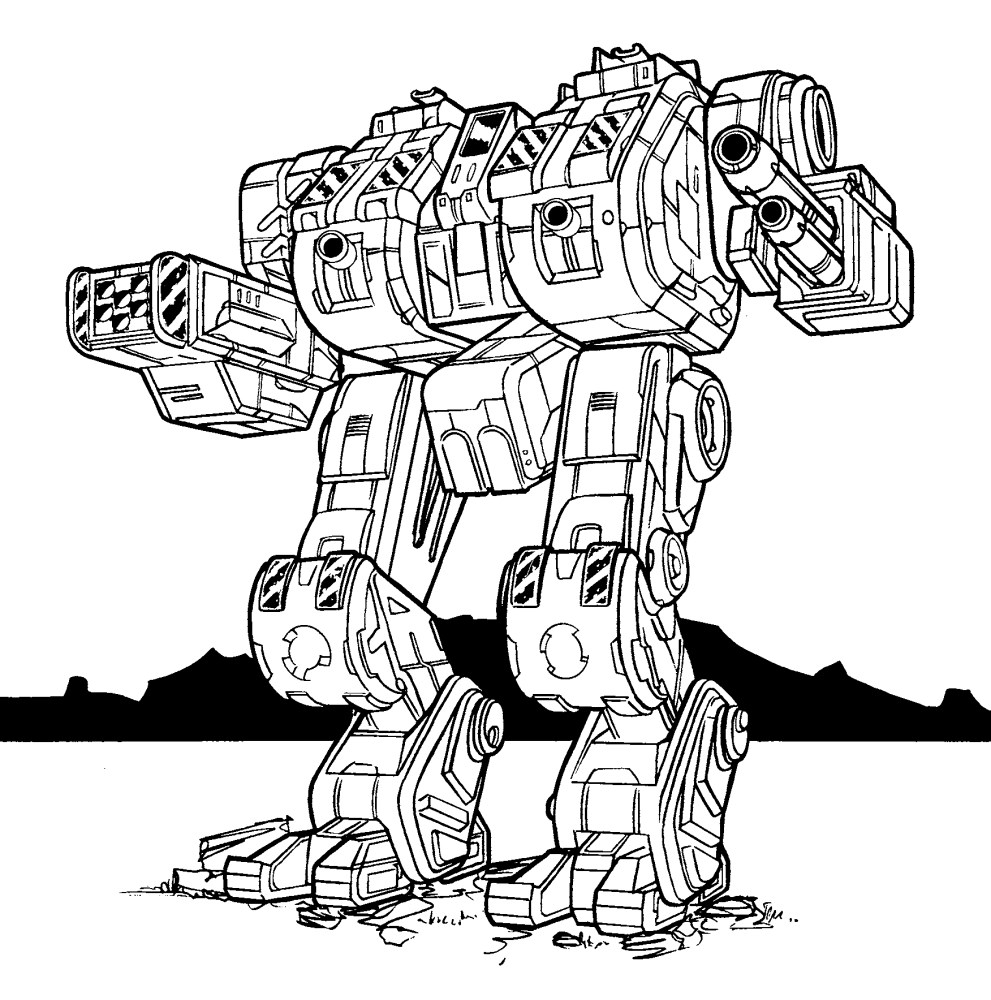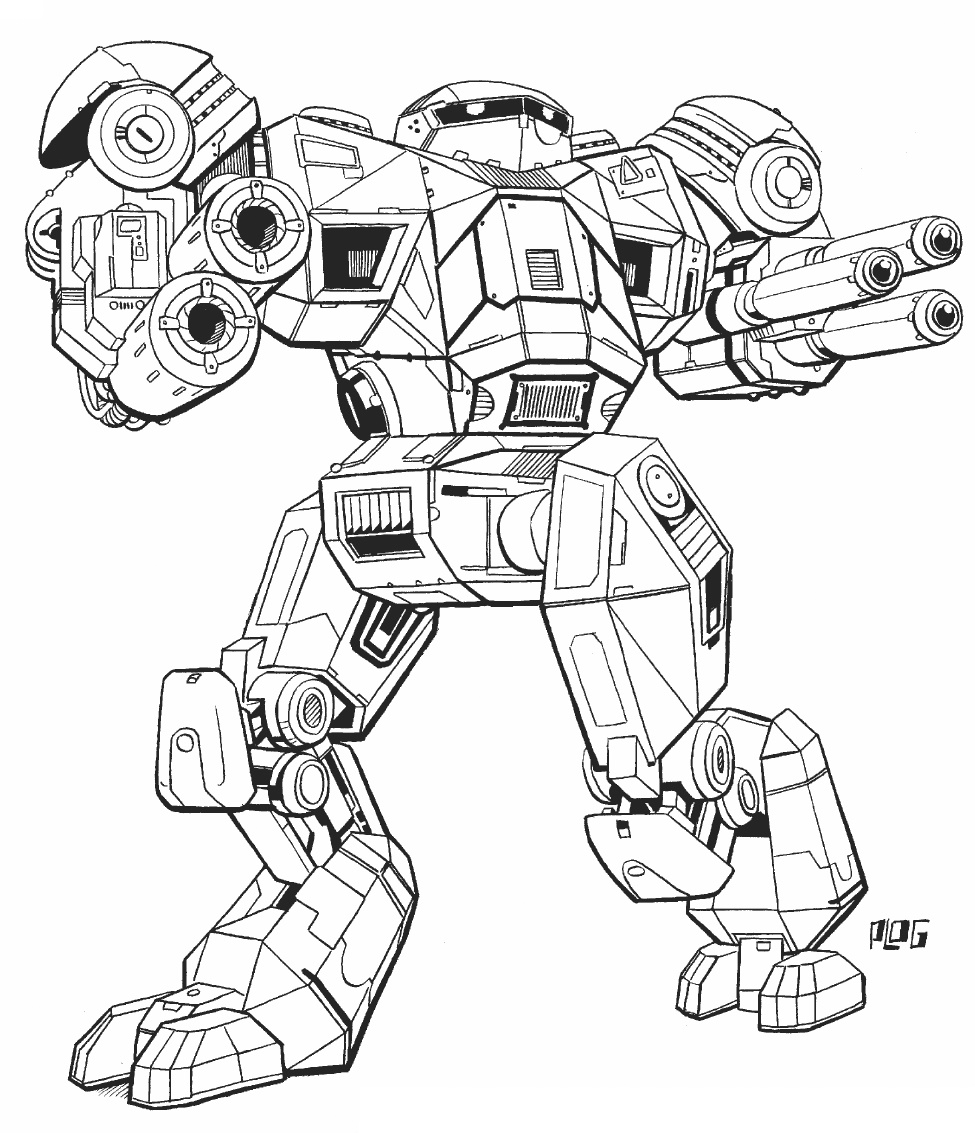 MoonUnitBeta, on 01 January 2015 - 10:01 PM, said:
MoonUnitBeta, on 01 January 2015 - 10:01 PM, said:
we're missing a joint in our chicken legs...
Makes me sad.
Makes me sad.
Now, if one wanted examples of true digitigrade 'Mechs (that is, "proper chicken-walkers"), one would have to look at the Mongoose...

...and the Thanatos...

...and the Nova Cat...

... and, if one is willing to look at other franchises, the "Diablo" type HERC from EarthSiege II...

As for the advantages & disadvantages of digitigrade vs plantigrade designs...
- "Digitigrade animals walk on only their toes, leaving their wrists and ankles permanently raised. This affords more speed, much more silent movement. Cats, birds, and dogs are digitigrade. Digitigrade feet evolved long after plantigrade feet, to fit the niche of mid-sized carnivores. However, they cannot effectively sustain large loads, which is why you cannot use a lion as a pack mule."
- "In plantigrade beasts - which include humans, many rodents, bears, racoons, and opossums - the larger surface area that the many bones provide can act as both a stabilizer and a very effective bearer of great weights. In fact, the big ol’ flighted dinosaurs were plantigrade. At the same time, so were the first (and relatively small) mammals, since both of them needed lots of stability in their feet. The weight-bearing ability and stable platform comes at the cost of speed, as the energy and requirements for movement of so many bones and muscles is much greater than digitigrade feet or unguligrade feet."


















